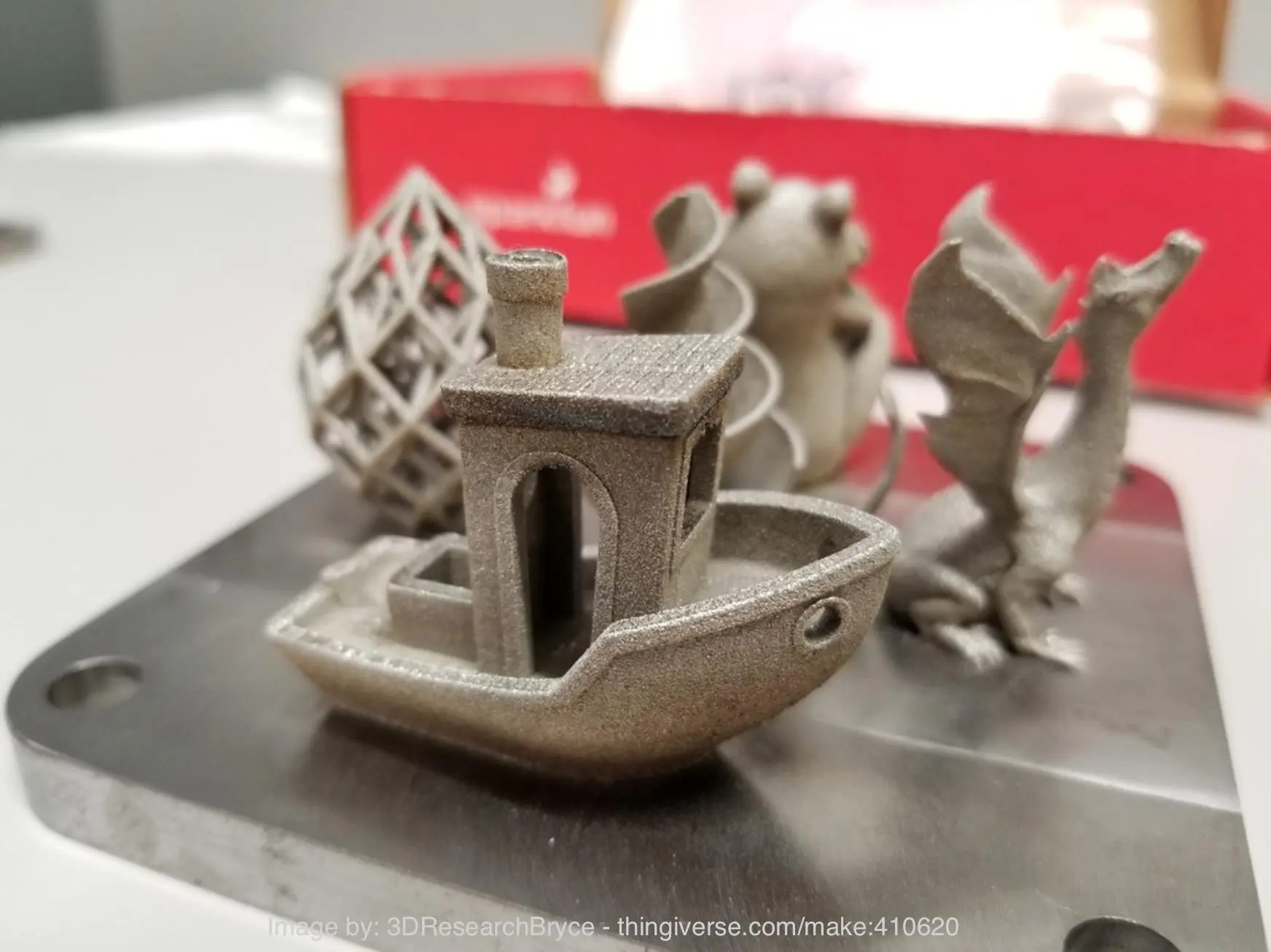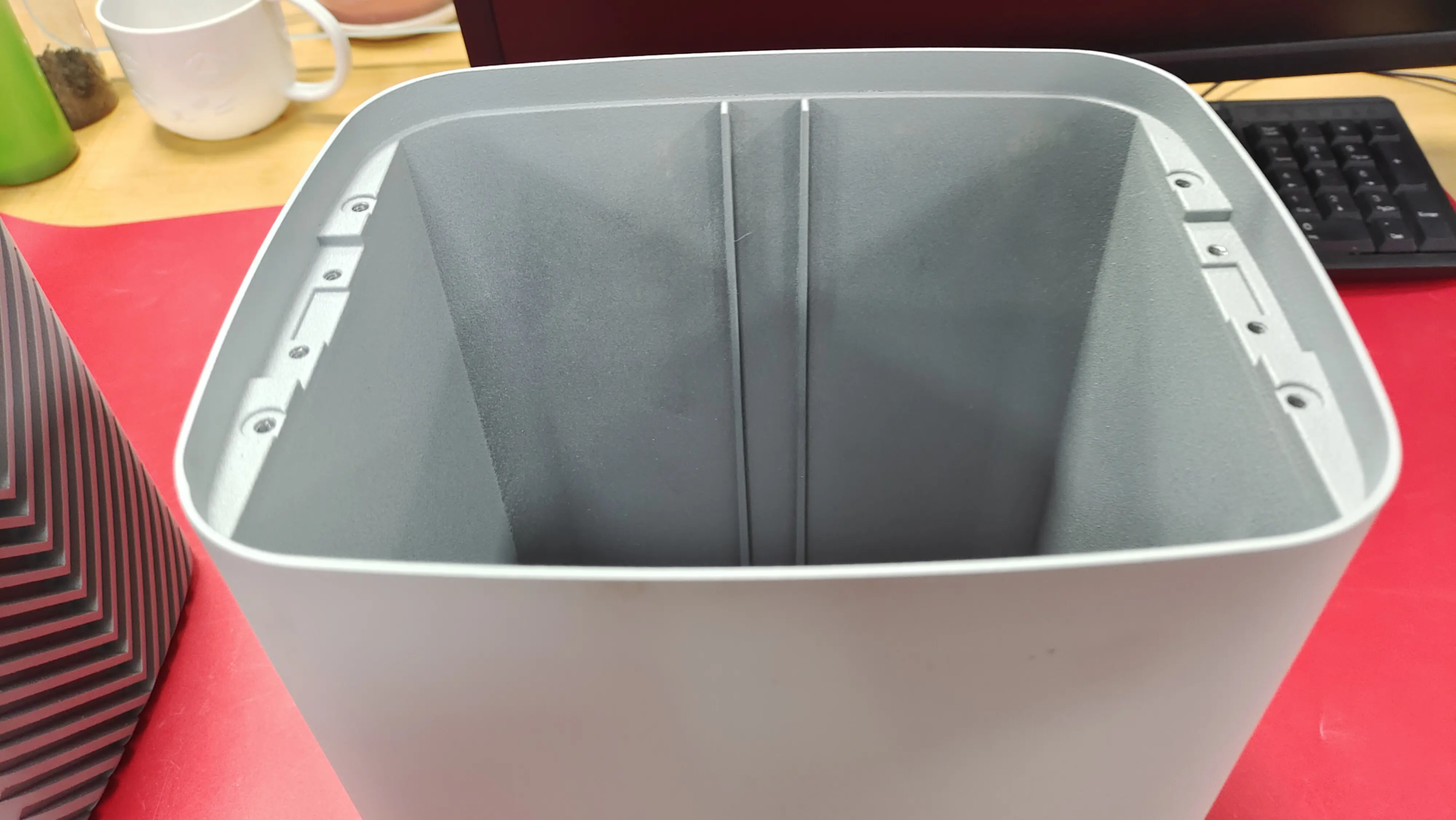Introduction to 3D printing
Three-dimensional printing, commonly known as 3D printing, is a revolutionary manufacturing process that has been growing in popularity over the past few decades. It involves creating physical objects from digital designs by layering materials such as plastics, metals and ceramics. This technology changes the way products are designed, produced and distributed and has a profound impact on a variety of industries including healthcare, aerospace, automotive and consumer products.
How 3D printing works
The 3D printing process usually begins with digital designs created using computer-aided design (CAD) software or other 3D modeling tools. The design is then cut into thin layers, and the 3D printer reads the design file and starts printing the object one layer. The printer deposits materials, such as melted plastic or metal powder, onto the build platform and combines and combines with the previous layer on that platform. Repeat this process until the entire object is printed.
Types of 3D printing technology
There are several types of 3D printing technologies, each with its own advantages and disadvantages. Some of the most common techniques include:
- Stereo-Lithography (SLA): This technology uses laser to cure liquid resins, creating highly accurate, detailed prints.
- Selective laser sintering (SLS): This technology uses laser to fuse metal or plastic powders together to create a powerful and durable print.
- Fusion Deposition Modeling (FDM): This technology uses melted plastic to create prints and is one of the most common and affordable 3D printing technologies.
- Binder jet: This technology uses liquid adhesives "glue" Together, metal or ceramic powder create highly detailed and complex prints.
Application of 3D printing
3D printing has wide applications in various industries. Some of the most important applications include:
- Rapid Prototyping: 3D printing allows designers and engineers to quickly create and test prototypes, reducing the time and costs associated with traditional manufacturing methods.
- Production Parts: 3D printing can be used to create end-use parts such as aircraft components, medical implants and consumer products.
- Medical Model: 3D printing can be used to create highly detailed and accurate models of the human body, allowing doctors and researchers to better understand and treat diseases.
- Building Models: 3D printing can be used to create highly detailed and accurate models of buildings and bridges, allowing architects and engineers to better design and test their structures.
in conclusion
In short, 3D printing is a revolutionary technology that changes the way products are designed, produced and distributed. Its applications are huge and varied and have the potential to undermine traditional manufacturing methods. As technology continues to evolve and improve, we can expect to see more innovative and complex products created using 3D printing. Whether you are a designer, engineer or entrepreneur, 3D printing is definitely worth exploring, and companies like Greatlight are leading professional rapid prototyping services and solutions.
FAQ (FAQ)
- Q: What is 3D printing?
A: 3D printing is a manufacturing process that involves creating physical objects from digital designs through layered materials such as plastics, metals and ceramics. - Q: What are the benefits of 3D printing?
A: The benefits of 3D printing include rapid prototyping, reduced production time and cost, increased complexity and customization, and improved product quality. - Q: What are the different types of 3D printing technology?
A: Some of the most common 3D printing techniques include stereolithography (SLA), selective laser sintering (SLS), Fusion Deposition Modeling (FDM), and Binder Jetting. - Q: What is the application of 3D printing?
A: 3D printing has a wide range of applications in various industries, including rapid prototyping, production parts, medical models and architectural models. - Q: How to start 3D printing?
A: You can start 3D printing by working with a professional rapid prototyping company like Greatlight (such as Greatlight) or buying a 3D printer and learning how to design and print your own objects (such as Greatlight).





